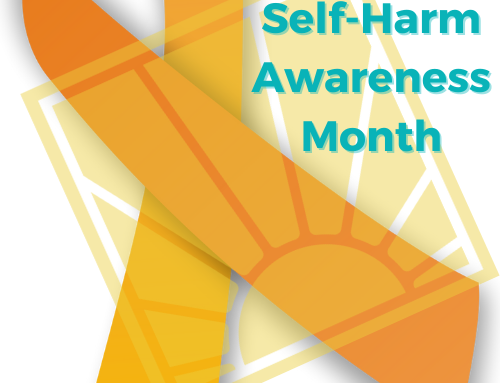For this article, Sunrise Residential Treatment Center asked eating Disorder specialist Isabelle Tierney to discuss what causes eating disorders. What emotional needs do eating disorders attempt to meet (i.e. what function the disorder serves, however dangerously for the sufferer)? Understanding these functions, according to Isabelle, can be a first step toward providing treatment.
Understanding What Causes Eating Disorders
Anorexia and bulimia are generally driven by deep, unmet emotional needs. In this sense, an eating disorder does serve a function, albeit in a highly dangerous and self-destructive way. Uncovering the functions of an eating disorder for an individual is crucial to successful treatment planning.
| ANOREXIA’S FUNCTIONS: | BULIMIA’S FUNCTIONS: |
|
|
Only by first understanding the emotional needs that an eating disorder attempts to meet can we construct a treatment plan that effectively meets that need in a healthier manner. Understanding is the first step toward both compassion and treatment.
–––
This is part three of a four- part primer on eating disorders provided by eating-disorders specialist Isabelle Tierney, M.A., LMFT, BHSP. Isabelle lives in Boulder Colorado and provides web-based and in-person training, seminars, in-services, and interventions throughout the US and abroad.

